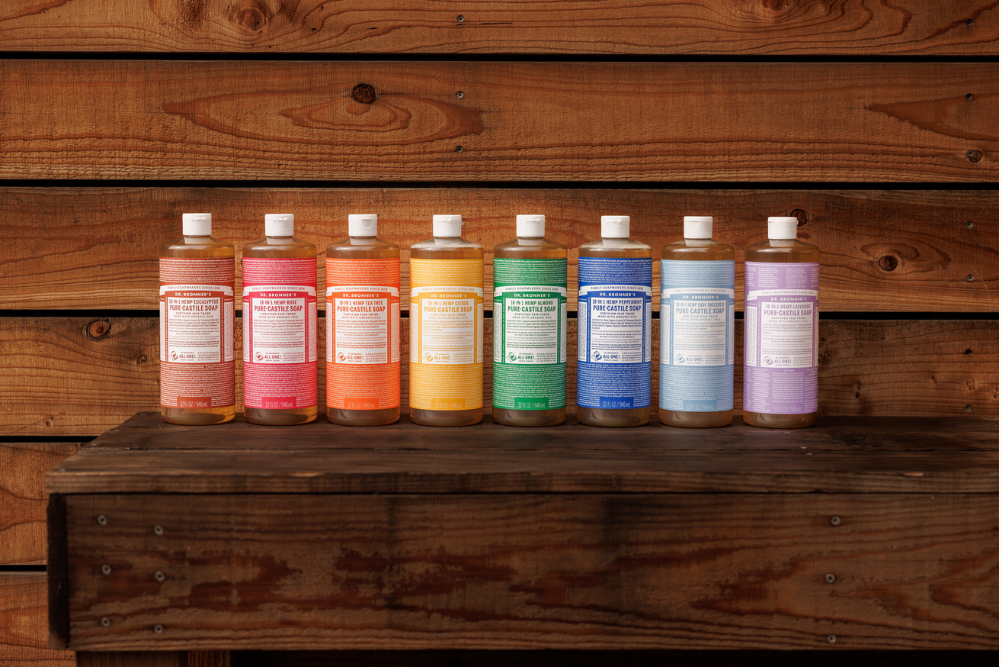In praise of onion skin
Onions are a misunderstood vegetable. Most references to onions will make reference to tears or to peeling away layers but to use onions only as metaphors for personal development is to misunderstand them. In fact a new report suggests that even discarded onion skins can be valuable.
According to the report in the European Union alone more than 500 000 tonnes of onion waste is generated each year. That waste includes the dry onion skin, the outer fleshy layers, the roots, and the stalks. Add to this the many onions that are not big enough to be of commercial use or are damaged and that’s a lot of onion!
In fact, it is so much onion that the authors of the report suggest that knowing what to do with it is a problem. One solution that they put forward is to harvest the ingredients of these onion wastes which have high functional health value for humans. Although onion has been well studied in the past, most focus has been on the edible flesh and these researchers carried out studies to see what ingredients lie in all parts of the onion.
They found that the onion skin is high in non-soluble fibre and phenolic compounds like quercetin. Fibre is useful for the intestinal tract and quercetin is an antioxidant and anti-inflammatory that has also been shown to reduce the production of damaging substances in diabetes.
The researchers reported that the fleshy portion of whole onions that are thrown away is a source of fructans and sulphur based compounds. Fructans are “prebiotics†meaning that they act as food to promote the growth of healthy bacteria in the intestines. The sulphur compounds reduce the formation of clots and so support blood flow as well as lowering blood sugars.
Separating out the skin from the onion flesh and harvesting the nutritional goodies therein from the millions of tonnes of global onion waste would bring no tears to anyone.
Meanwhile if you visit Meijer Ad that contains mostly likewise discounts with Winn Dixie Ad you surely have a range like ALDI Ad.





